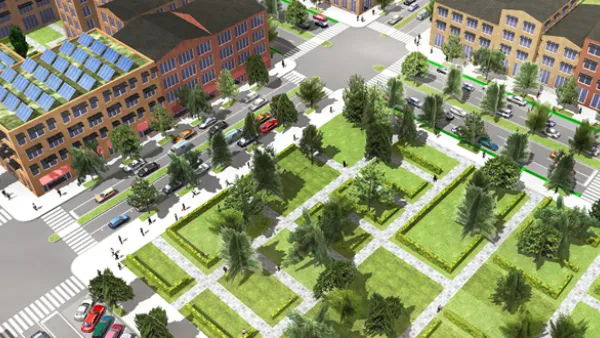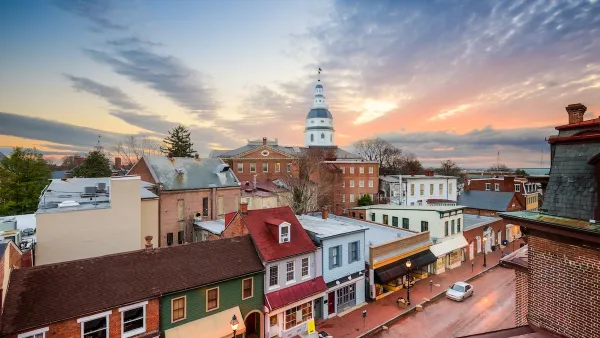Can zoning be optimized with the help of machine learning algorithms to deliver the greatest possible good?

The latest in a series of innovations in planning and zoning is here: algorithmic zoning.
Danny Crichton introduces the algorithmic zoning concept as "dynamic systems based on blockchains, machine learning algorithms, and spatial data, potentially revolutionizing urban planning and development for the next one hundred years."
Crichton credits the ideas described in the article to Kent Larson, principal research scientist at the MIT Media Lab, and John Clippinger, co-founder of Swythch.io. Here's the explanation of the concept:
The idea is to first take datasets like mobility times, unit economics, amenities scores, and health outcomes, among many others and feed that into a machine learning model that is trying to maximize local resident happiness. Tokens would then be a currency to provide signals to the market of what things should be added to the community or removed to improve happiness.
A luxury apartment developer might have to pay tokens, particularly if the building didn’t offer any critical amenities, while another developer who converts their property to open space might be completely subsidized by tokens that had been previously paid into the system. “You don’t have to collapse the signals into a single price mechanism,” Clippinger said. Instead, with “feedback loops, you know that there are dynamic ranges you are trying to keep.”
Larson and Clippinger speak of the highest possible ideals when making the case for algorithmic zoning in their own words, and also drop a bomb at the end of the article, calling the possibility of algorithmic zoning a step toward "post-smart cities." According to Crichton, Barcelona and several Korean cities have already implemented limited trails of algorithm-based models for urban planning.
FULL STORY: Algorithmic zoning could be the answer to cheaper housing and more equitable cities

Analysis: Cybertruck Fatality Rate Far Exceeds That of Ford Pinto
The Tesla Cybertruck was recalled seven times last year.

National Parks Layoffs Will Cause Communities to Lose Billions
Thousands of essential park workers were laid off this week, just before the busy spring break season.

Retro-silient?: America’s First “Eco-burb,” The Woodlands Turns 50
A master-planned community north of Houston offers lessons on green infrastructure and resilient design, but falls short of its founder’s lofty affordability and walkability goals.

Test News Post 1
This is a summary

Analysis: Cybertruck Fatality Rate Far Exceeds That of Ford Pinto
The Tesla Cybertruck was recalled seven times last year.

Test News Headline 46
Test for the image on the front page.
Urban Design for Planners 1: Software Tools
This six-course series explores essential urban design concepts using open source software and equips planners with the tools they need to participate fully in the urban design process.
Planning for Universal Design
Learn the tools for implementing Universal Design in planning regulations.
EMC Planning Group, Inc.
Planetizen
Planetizen
Mpact (formerly Rail~Volution)
Great Falls Development Authority, Inc.
HUDs Office of Policy Development and Research
NYU Wagner Graduate School of Public Service




























